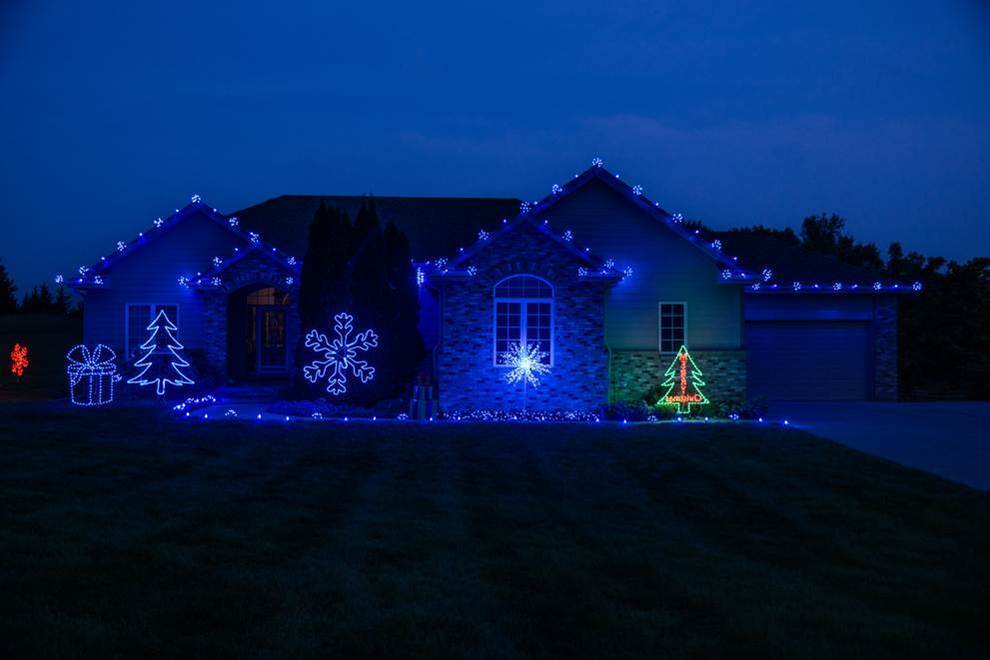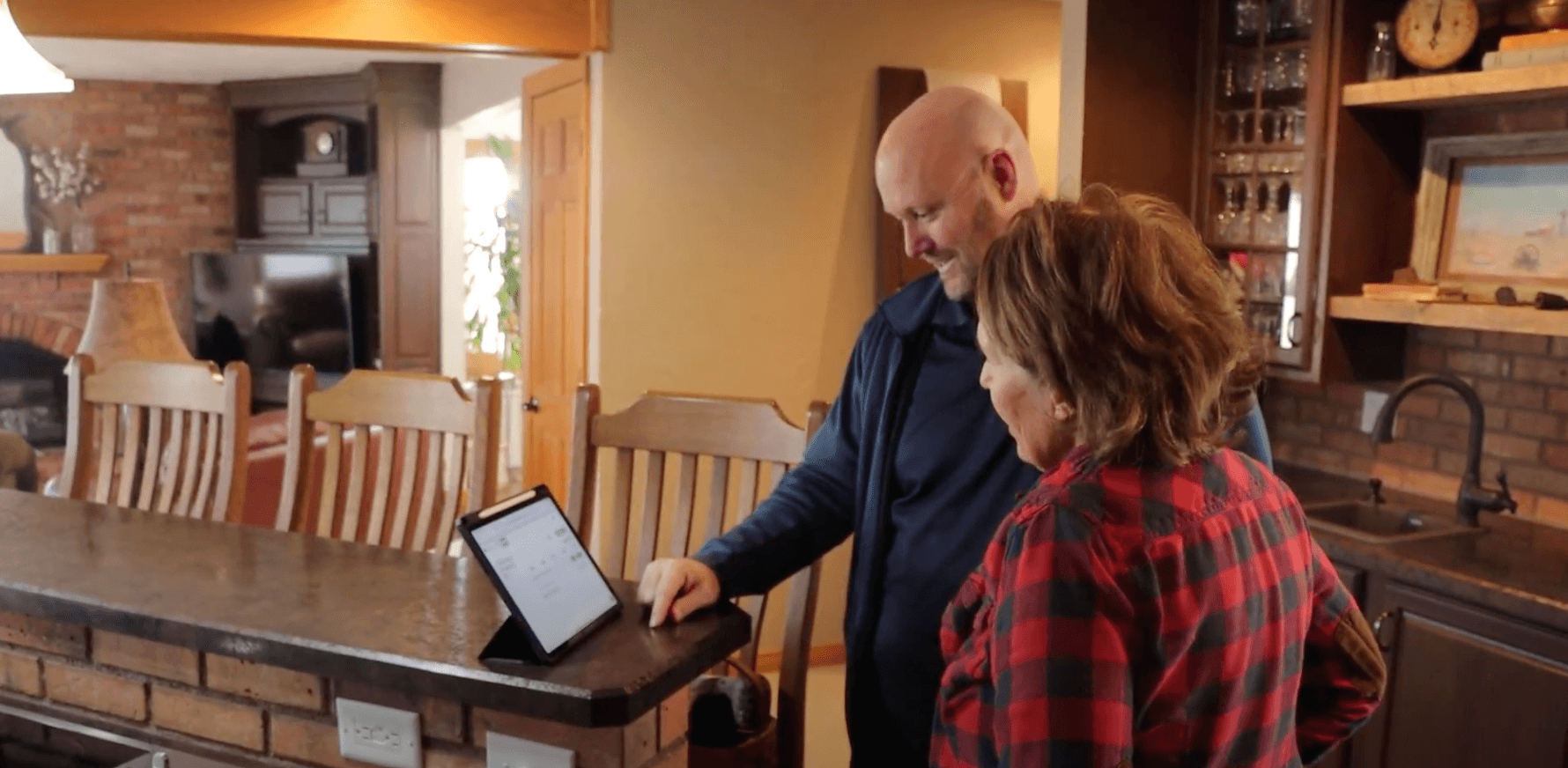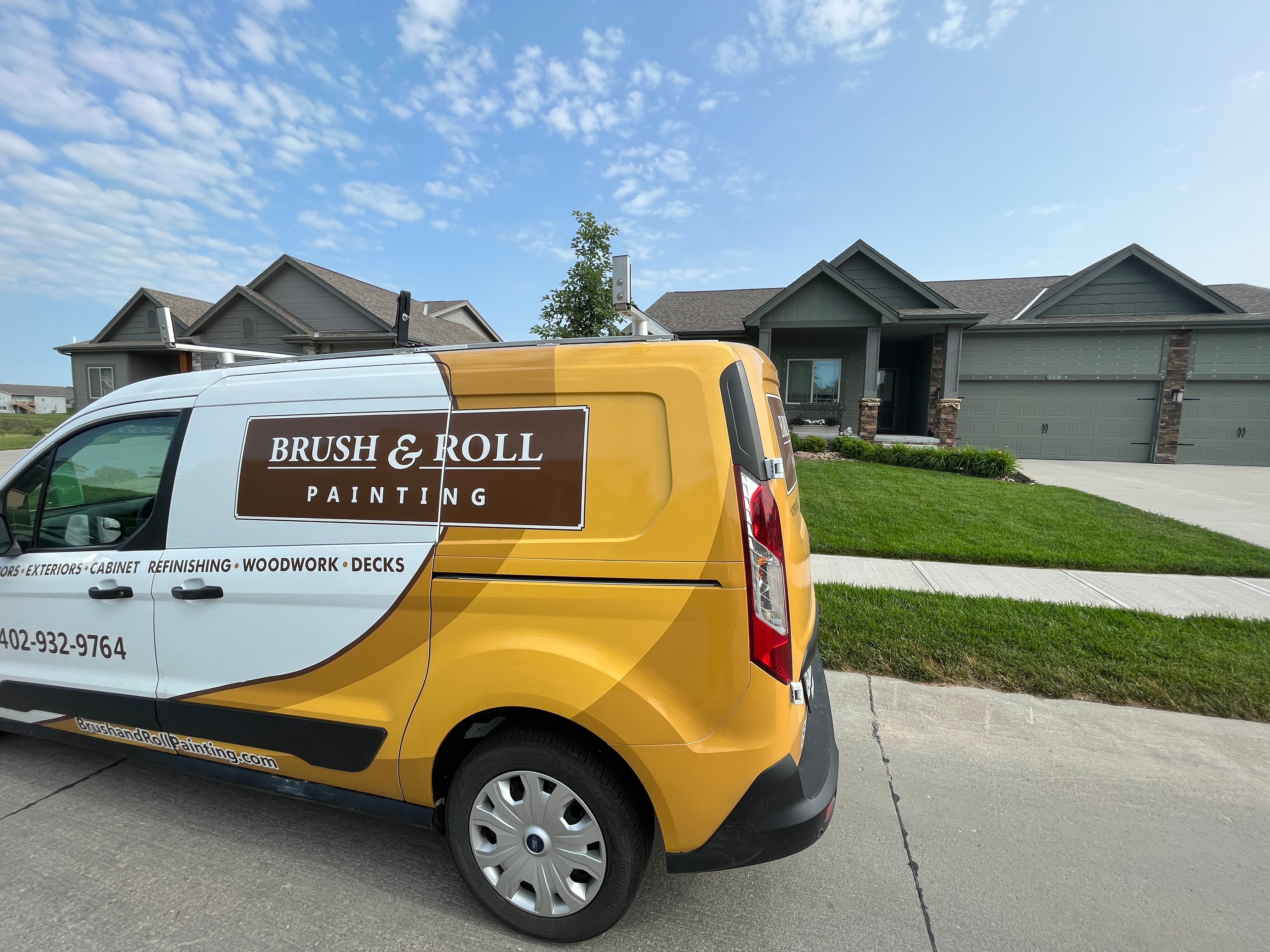What Causes Exterior Home Paint To Bubble?
May 16th, 2024
5 min read
-May-16-2024-02-01-38-7874-PM.png?width=800&height=418&name=Blog%20Post%20Image%20Size%20(1)-May-16-2024-02-01-38-7874-PM.png)
Have you noticed small bubbles forming on the exterior paint of your home? It can be frustrating to see your once flawless paint job ruined by these imperfections. Bubbling paint not only detracts from your home's appearance but can also indicate underlying issues that need to be addressed.
Brush & Roll Painting is a professional exterior painting company in Omaha, NE. With experience since 1996, we have seen thousands of homes with damages to exterior paint, such as bubbling, blistering, and peeling paint.
In this article, we'll delve into the reasons why exterior paint might bubble, what you can do to prevent it, and how to fix the problem effectively.
Causes for Exterior Paint Bubbling
Moisture Issues with Exterior Paint
One of the primary reasons why exterior paint bubbles are moisture infiltration.
Poor ventilation can prevent moisture from escaping, causing it to become trapped beneath the paint film. Over time, this trapped moisture can lead to unsightly bubbles, blisters, and even peeling paint, turning your once beautiful paint job into a nightmare.
Moisture can enter through various surfaces, such as:
Leaky Gutters or Downspouts:

- Clogs: Leaves, twigs, and other debris can accumulate in gutters, leading to clogs that prevent proper water flow. This can cause water to overflow, damaging the gutters and potentially leaking into the exterior walls of your home.
- Corrosion: Over time, gutters and downspouts can develop rust or corrosion, especially if they're made of metal. This corrosion weakens the structural integrity of the gutters, creating holes or leaks where water can escape.
- Poor Installation: If gutters or downspouts are not installed correctly, they may not slope properly to allow water to drain away efficiently. Improperly installed joints or seams can also lead to leaks.
- High humidity: High humidity levels can contribute to the accumulation of debris in gutters by promoting the growth of moss, algae, and mold. This buildup can lead to clogs, which in turn can cause water to overflow and damage the gutters or leak into the siding.
Cracks or Gaps in the Exterior Siding

- Aging: As homes age, the materials used in siding can deteriorate, leading to cracks, gaps, or even complete failure. Exposure to sunlight, temperature fluctuations, and moisture can all contribute to the degradation of siding materials over time.
- Settling: The natural settling of a home's foundation or structural movement can cause stress on the siding, leading to cracks or gaps. This is particularly common in older homes or those built on expansive soils.
- Impact Damage: Hail, wind-blown debris, or other impacts can cause physical damage to siding, resulting in cracks or punctures that allow water to penetrate.
- High humidity: In regions with high humidity, materials like wood siding may absorb moisture from the air, causing them to swell and contract. This expansion and contraction can stress the siding, leading to cracks or gaps over time. Additionally, high humidity levels can accelerate the degradation of siding materials, making them more prone to cracking or splitting.
Improperly Sealed Windows or Doors

- Poor Installation: Windows and doors must be installed correctly to ensure a tight seal against the elements. If they're not installed properly, gaps or cracks can form around the frames, allowing water to seep in during rain or snow.
- Worn Weather Stripping: Over time, the weather stripping around windows and doors can degrade or become damaged, compromising the seal. This allows water to infiltrate between the frame and the wall, leading to leaks.
- Lack of Maintenance: Failure to maintain and reseal windows and doors as needed can also contribute to improper sealing. Caulking and sealing materials can degrade over time, so it's important to inspect and replace them regularly to prevent leaks.
- High humidity: High humidity can cause wooden window frames and doors to swell, compromising the seal between the frame and the wall. This can result in gaps or cracks that allow moisture to enter the home during humid conditions. Humidity can also affect the performance of caulking and sealing materials around windows and doors. In humid environments, these materials may degrade more quickly, reducing their effectiveness at preventing water infiltration.
Sometimes, bubbling paint can be a symptom of more serious moisture issues within the walls or siding of your home. This could be due to poor ventilation, plumbing leaks, or water seepage from the foundation.
Poor Surface Preparation
Inadequate surface preparation before painting can also lead to bubbling paint. If the surface is not properly cleaned, primed, and dried before applying the paint, it can prevent proper adhesion and result in bubbles forming over time.
This crucial step in the painting process sets the foundation for a long-lasting and flawless finish. By neglecting to thoroughly clean the surface, prime it to create a smooth base, and ensure it is completely dry, you are essentially setting the stage for paint failure.
Without proper adhesion, the paint may not bond securely to the surface, leading to bubbling, blistering, or peeling over time.
It's essential to take the time and care to prepare the surface correctly to achieve a professional and durable paint job that enhances the beauty and protection of your home's exterior.
Low-Quality Exterior Paint or Application
In addition, using low-quality paint can result in bubbling due to its inadequate adhesion properties and lack of flexibility to accommodate temperature fluctuations and environmental factors.
Improper application techniques, such as painting in extreme weather conditions like high humidity or direct sunlight, can also contribute to premature bubbling.
It's essential to invest in high-quality paint specifically formulated for exterior use and to follow proper application guidelines to ensure a durable and long-lasting finish that resists bubbling and other paint defects.
How to Prevent Bubbling Exterior Paint
 Fortunately, there are steps you can take to prevent exterior paint from bubbling in the first place:
Fortunately, there are steps you can take to prevent exterior paint from bubbling in the first place:
- Address underlying issues to prevent recurring paint problems.
- Ensure proper surface preparation before painting by cleaning and priming the surface thoroughly.
- Repair any cracks or gaps in the siding and seal around windows and doors to prevent water infiltration.
- Use high-quality paint that is made for exterior use and follow the manufacturer's recommendations for application.
- Paint during moderate weather conditions with low humidity and mild temperatures.
- Maintain your home's exterior regularly by power washing and inspecting for signs of damage and addressing any issues promptly.
Fixing Bubbling Exterior Paint
If you've already noticed bubbling paint on your home's exterior, don't panic. Here's how you can fix the problem:
- Start by identifying the cause of the bubbling. Is it due to moisture infiltration, poor surface preparation, or another issue?
- If moisture is the culprit, address the source of the water infiltration first. Repair leaks, seal cracks, and improve drainage around your home.
- Once the underlying issue is resolved, allow the affected area to dry completely before proceeding.
- Carefully scrape away the bubbled paint using a scraper or putty knife. Sand the area lightly to smooth out any rough edges.
- Apply a high-quality primer to the bare surface to promote adhesion and prevent future bubbling.
- Finally, repaint the area with suitable exterior paint, making sure to follow proper application techniques and allow sufficient drying time between coats.
Exterior Painting Your Home
By understanding the causes of bubbling paint and taking proactive measures to prevent and address the issue, you can maintain the beauty and integrity of your home's exterior for years to come.
Remember to prioritize regular maintenance and address any signs of damage promptly to avoid more extensive and costly repairs down the road. With the right knowledge and approach, you can keep your home looking its best and protect it from the damaging effects of bubbling paint.
At Brush & Roll Painting, we know how frustrating it can be to see your exterior paint fail. This is why we offer a 2-9-year warranty based on which paint our customers choose. With this warranty, we touch up any areas for one hour each year, for the life of the warranty.
While embarking on an exterior painting project, you must be confident in each step of the process. Download your exterior painting checklist to mark off each step as you go.
Kaylea is the Brush & Roll Painting Content Manager. Kaylea is a Journalism and Media Communications summa cum laude graduate with a minor in Marketing from the University of Nebraska at Omaha. Kaylea manages the marketing for Brush & Roll Painting.
Topics:


















-Jul-23-2025-02-21-33-5468-PM.png?width=800&height=418&name=Blog%20Post%20Image%20Size%20(2)-Jul-23-2025-02-21-33-5468-PM.png)




-Oct-22-2025-01-39-19-5208-PM.png?width=800&height=418&name=Blog%20Post%20Image%20Size%20(1)-Oct-22-2025-01-39-19-5208-PM.png)


